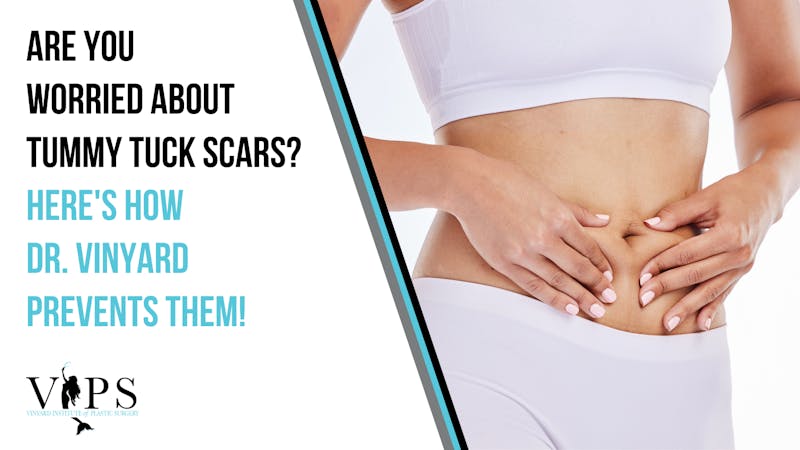
You’ve decided to undergo tummy tuck surgery, and you’re ready to move a spate of new bathing suits from your wishlist to your cart. Maybe you’ve even planned a beach holiday to celebrate your newly tightened abdominal muscles. The only notion causing you to angst is the possibility of tummy tuck scars.
Tummy tuck scars can be the root of anxiety for many who have undergone or are considering a tummy tuck. Thankfully, many approaches and techniques exist to mitigate tummy tuck scars, meaning that patients who entrust their procedure to a board-certified plastic surgeon can safely have their excess skin and fat removed without worry.
Board-Certified Plastic Surgeon Dr. William J. Vinyard, MD, FACS, and his team of experts have collated the most important aspects of what you need to know about tummy tuck scars to answer all your questions and equip you with the necessary knowledge to take the next step in the journey to achieving your ideal body!
What Is a Tummy Tuck Surgery?
A tummy tuck, formally known as an abdominoplasty surgery, is a procedure that removes excess fat and sagging skin in the abdominal area, giving the surrounding skin and muscle a tighter, flatter appearance.
There are three primary variants of tummy tuck surgeries:
- Mini tummy tuck
- Full tummy tuck
- Extended tummy tuck
At the Vinyard Institute of Plastic Surgery, a “mini tuck” typically refers to a procedure that only removes excess skin and fatty tissue from the lower abdomen. It does not include any muscle repair. A full tummy tuck encompasses removing excess skin and fatty tissue in both the lower and upper abdomen, muscle plication (muscle repair), and a mons pubis lift, while an extended tummy tuck refers to a larger extent of skin excision required.
Tummy tuck surgery is recommended for patients with loose, excess skin and/or extra fatty tissue following significant weight loss, pregnancy, or the natural aging process. Those who work desk jobs can typically return to work approximately two weeks after the procedure but should avoid straining their core and carrying heavy objects for up to six weeks after surgery.
Does a Tummy Tuck Involve Surgical Scars?
A tummy tuck scar results from the body’s natural healing process. When human skin is damaged, the body increases the amount of collagen in the wounded area to treat the injury and, subsequently, the skin scars. The scar tissue itself is composed of collagen fibers.
Since this is the body’s natural way of dealing with skin trauma, tummy tuck incisions do initially lead to a visible scar. However, the size, prominence, location, and permanence of these scars vary based on a variety of factors – some controllable and others inevitable.
A literature review published in the Archives of Plastic Surgery journal states that the incidence rate of severe types of scars, such as keloid and hypertrophic scars in tummy tuck patients, is only between 1% and 3.7%.
What Are the Different Types of Tummy Tuck Scars?
The type of scar that results from a tummy tuck can vary greatly. Many factors play a role in the development of scars and their types, such as the size of the initial wound, age, health, and location.
The occurrence of severe and unsightly scars from tummy tucks is rare but still possible. Below are some of the types of scars that can arise from tummy tuck incisions.
Hypertrophic Scars
Hypertrophic scars are raised scars that occur due to an overproduction of collagen in an injured skin area. This type of scar stays on the site of the wound, occurs one or two months after the injury in question, and may begin to recede six months after its formation.
Keloid Scars
Keloid scars are also raised scars and, akin to hypertrophic scars, are caused by an excess of collagen at the wound site. However, unlike a hypertrophic scar, a keloid scar extends beyond the injury site and does not generally recede on its own.
Contracture Scars
A contracture scar can result when a large swathe of skin is damaged or removed, leaving the surrounding skin uncomfortably stretched.
Contracture scars usually occur when skin is lost due to unexpected trauma, such as a burn injury. As such, they are rare in carefully planned procedures such as a tummy tuck. However, they can occur in rare cases.
Does a Tummy Tuck Scar Ever Go Away On Its Own?
For non-raised variants, most tummy tuck scars resolve themselves after a few months or take up to a year to become significantly reduced in visibility. However, there are steps that patients can take to speed up the rate at which scars heal.
Dr. Vinyard and his team of experts recommend that patients avoid exposing the scars to direct sunlight since UV rays and sun exposure can hyperpigment the skin and exacerbate the development of visible scars.
Many treatment options are available for a raised or more permanent scar. The literature review referenced earlier notes that silicone scar sheets, made of silicone gel, can assist in treating raised scars. Additionally, topical treatments such as scar-fading creams can be used. Dr. Vinyard recommends that all of his patients use Silagen (a medical grade scar refinement system) on all post-operative scars from approximately 6 weeks post-op through the first year after surgery.
If non-invasive methods fail, scar revision surgery and laser treatments effectively target persistent scars.
How Does Dr. Vinyard Prevent Tummy Tuck Scars?
The best scar management strategy is prevention. Working with a seasoned board-certified plastic surgeon like Dr. Vinyard is crucial in mitigating tummy tuck scars.
Dr. Vinyard is exceptionally meticulous when planning a tummy tuck. He spends approximately 30 minutes laying out pre-surgical markings to ensure that the tummy tuck incisions follow natural bodily curves so that even a string bikini can easily hide them.
Dr. Vinyard prefers a lower incision for the area below the navel so that a bikini bottom readily hides the resulting scars. Wherever possible, he uses a shorter incision to mitigate long, prominent scars.
When the time comes to close the incisions, Dr. Vinyard takes his time to suture each layer of tissue back together by hand, thereby reducing tension and preventing the widening of surgical scars.
Regarding postoperative recovery, Dr. Vinyard and his team of experts furnish patients with only the best scar treatment products, guaranteeing a smooth and effective healing process void of excessive scarring.
Following a Vinyard Institute of Plastic Surgery (VIPS) tummy tuck, you will look amazing in a bathing suit in no time!
Start Your Tummy Tuck Journey at VIPS!
As you consider your body contouring goals, Dr. Vinyard and his team of experts wield many options for restoring a youthful look to your abdomen. A tummy tuck can be an incredible addition to your makeover treatment plan, and Dr. Vinyard and his team of experts are ready to support you in achieving your aesthetic goals. Contact us to schedule a personal consultation, or call (772) 212-0304 to find out the next steps in your tummy tuck journey! Our office at 291 NW Peacock Blvd, Suite 103, Port St. Lucie, FL 34986, proudly serves the South Florida area! We also invite you to check out our blog page, Facebook, and Instagram to learn more about the treatment options available at our office!




